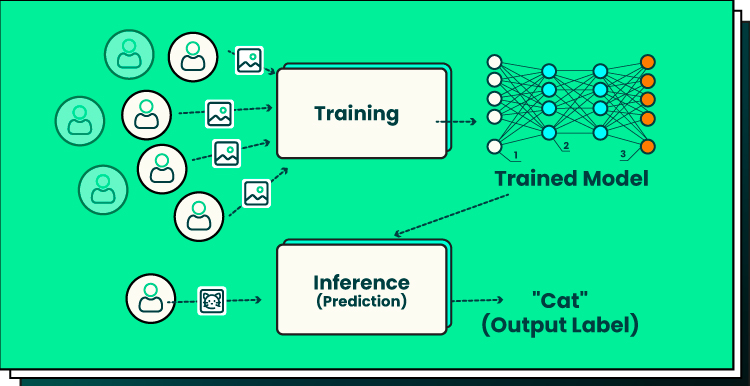
The Future of AI: Smaller, Faster, and More Efficient
The world of artificial intelligence (AI) is rapidly evolving, and the latest innovation from the Technology Innovation Institute (TII) is a testament to this trend. The UAE-based research center has unveiled a new iteration of its large language model (LLM), dubbed Falcon 2, which boasts vision-to-language capabilities and is designed to be more efficient and accessible.
The Falcon 2 11B VLM, one of the two versions of the new LLM, can convert visual inputs into textual outputs, opening up a range of potential applications, including document management, digital archiving, and supporting individuals with visual impairments. This technology has the potential to revolutionize the way we interact with visual data, making it more accessible and usable.
 The future of AI is smaller, faster, and more efficient
The future of AI is smaller, faster, and more efficient
The other version, Falcon 2 11B, is designed to be a more efficient and accessible LLM, trained on 5.5 trillion tokens with 11 billion parameters. Both models are multilingual, enabling them to handle tasks in multiple languages, and are open-source, providing developers worldwide with unrestricted access.
The trend towards developing smaller, more cost-effective AI models is gaining momentum, driven by the need for more efficient and sustainable solutions. These smaller models offer users more control and flexibility, making them more desirable in many instances.
 Smaller AI models offer more control and flexibility
Smaller AI models offer more control and flexibility
As Dr. Hakim Hacid, executive director and acting chief researcher of the AI Cross-Center Unit at TII, noted, “AI is continually evolving, and developers are recognizing the myriad benefits of smaller, more efficient models. In addition to reducing computing power requirements and meeting sustainability criteria, these models offer enhanced flexibility, seamlessly integrating into edge AI infrastructure, the next emerging megatrend.”
The benefits of smaller AI models are clear, and as the technology continues to evolve, we can expect to see even more innovative applications in the future.
 The future of AI is bright and full of possibilities
The future of AI is bright and full of possibilities













